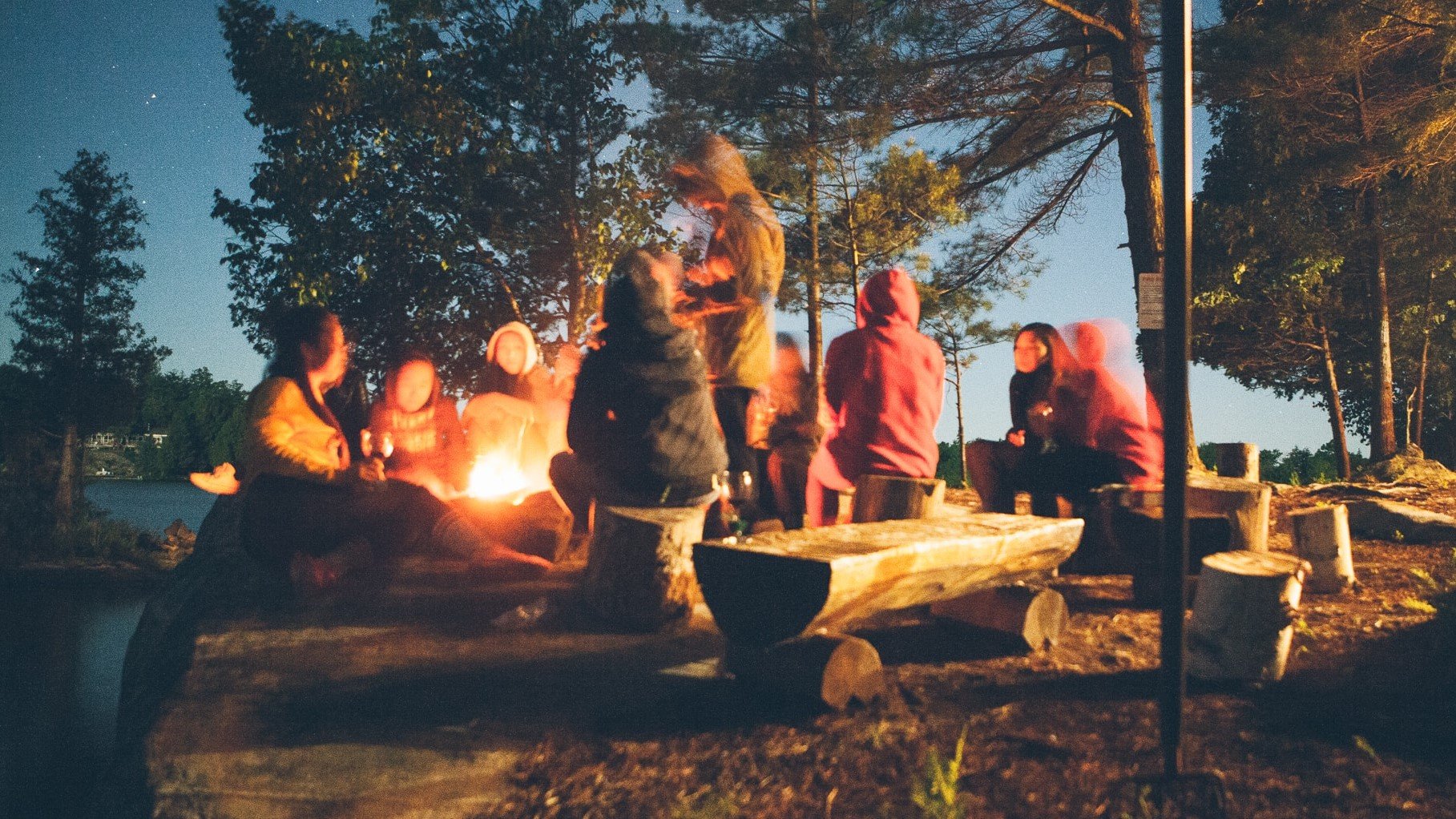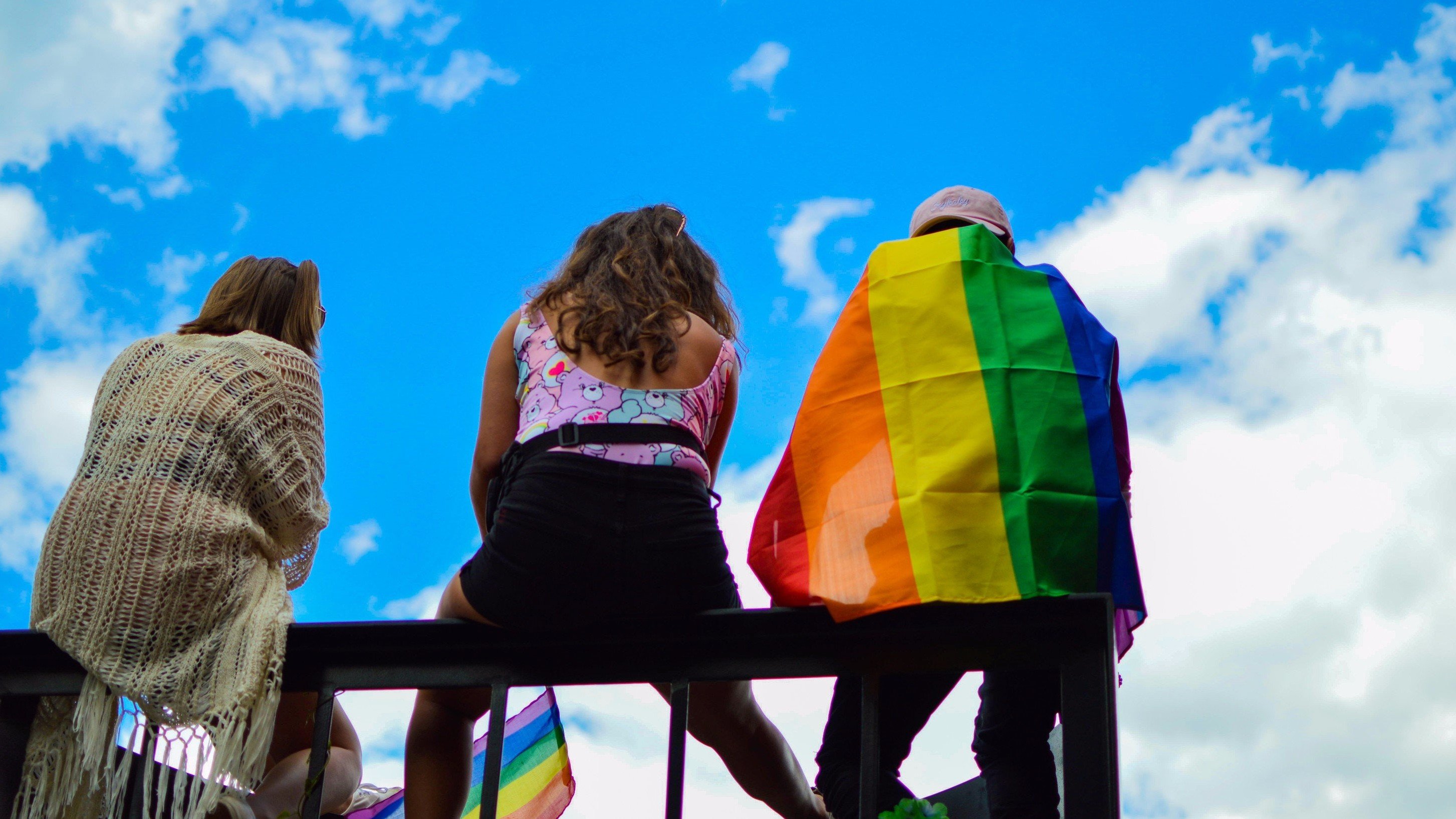When the Tamarack Institute came to Vancouver March 7th to 9th, I had the privilege of joining a group of dedicated  community engagement specialists from North America and Australia for 3 days filled with dialogue, creativity, and fun during the Community Engagement: the Next Generation conference. There were so many ideas circulating I needed a few days to digest them (and, if truth be told, I also attended the weekend HSBC Rugby Sevens tournament, another very engaging and fun event!).
community engagement specialists from North America and Australia for 3 days filled with dialogue, creativity, and fun during the Community Engagement: the Next Generation conference. There were so many ideas circulating I needed a few days to digest them (and, if truth be told, I also attended the weekend HSBC Rugby Sevens tournament, another very engaging and fun event!).
Since questions can be more generative than answers, here is my pick of 10 Community Engagement Questions that either came up during the conference or have been percolating since then:
1. How do you want to show up?
In these times of rapid change, this question is perhaps more important than ever. Paul Born, co-founder of Tamarack Institute, used it to set the stage for the 3 days, to encourage us to seek inspiration from our core engagement values, and to continue to build the field.
2. What are your most important engagement values, and how will you make sure these values are reflected in the engagement process?
There are many different engagement values, and their relative importance may depend on the context and mix of people on your team. Mark Holmgren, director of Vibrant Communities Canada, noted that most organizations have one or more so called "keystone" value(s) that need to be in place for the engagement to be worthwhile. For example, if you value inclusion, how do you make sure you are being inclusive?
3. What is your engagement context?
Mark continued the workshop by stressing the importance of context – what are you trying to do? In what kind of time frame? And whom do you want to engage? The context creates the boundaries for your engagement process.
4. What do you hope to achieve through the community engagement?
Knowing your intention behind the process – why you are seeking to engage people in the first place – is very important, yet sometimes overlooked (or taken for granted), as Mark noted. It is less about what we do, than why we do it. People are more likely to commit to your "why" than your "program".
5. How do you we learn to recognize – and – avoid engagement jargon?
One way to increase engagement is to avoid jargon. When we say that we want the public to be more "civic minded", or have an "increased sense of belonging", Mark asked if that resonates with people? And how do you find out what does resonate?
6. How can you use more art, play, movement, or performance in your engagement processes?
Noting that there is often an over-reliance on text, Lisa Attygalle, Director of Engagement at Tamarack, encouraged us to explore alternative methods to connect with people on a different level, or with different people than you may connect with through surveys and the like. While it is usually more about the process of creating the art than the final product, Lisa noted that sometimes the engagement results in a lasting mural or mosaic or similar, that continues to have a place in the community.
7. How do you decide what to ask in a community engagement process?
Paul shared a story highlighting that it is not just about coming up with lots of questions to ask, but especially how to then whittle these down to a few, really important questions that have the potential to create transformative change, and perhaps even reconciliation.
8. How can you become more comfortable with being challenged, being in conflict, and with engaging with differences of opinion?
This question arose from Paul's point that people and organizations need to know themselves well in order to be better "engagers". Sometimes that means being transparent, and daring to practice "radical openness". Mark returned to this territory later, by noting that it's less about convincing someone to think "like us" and more about engaging with the other person.
9. How do you do you engage internally, in your organization (as opposed to externally, with community members)?
Perhaps you're the "engagement champion" in your organization, and feel it's an uphill battle to convince others of the value of the work you do? Or maybe your team is so enthusiastic about engaging community that it goes from project to project, with little time for reflection and evaluation in between? Turning the lens inside the organization from time to time can be an important step.
10. What's alive for you in this moment?
Taking the time to notice what is alive, what is going on for us, and to be mindful of our feelings, emotions, and thoughts, can be helpful in understanding ourselves, and in having empathy for others who are experiencing difficult situations or negotiating big changes.
Whether or not you were at the Tamarack Institute event, or whether you work in, or participate in, community engagement processes and events, I'd love to hear which of these questions resonate with you, and what other questions you would add!
Take Your Learning Further
- Build your Community Engagement toolkit with Foundations of Community Engagement, the new online course from Tamarack Institute. Through video lessons, case studies, readings, and activities, you'll dig into the role of community, who should be engaged, community engagement techniques, how to overcome challenges, and how to evaluate your engagement activities. Learn more and register.
Photo Credit: Aaron Burden, Unsplash





